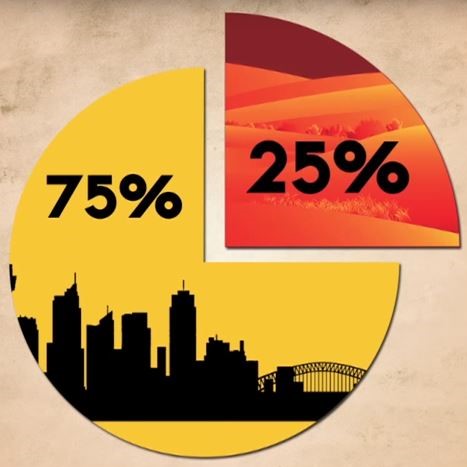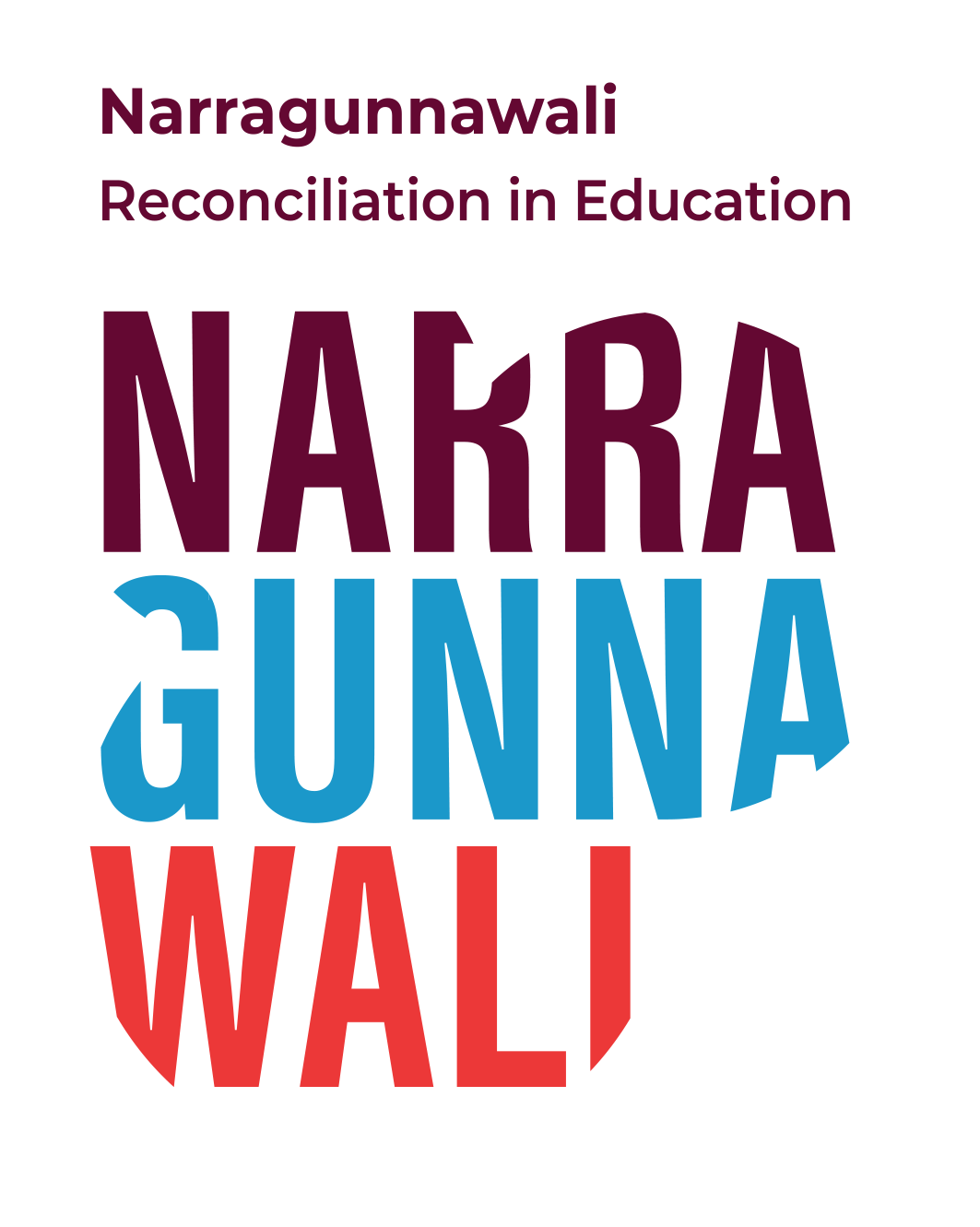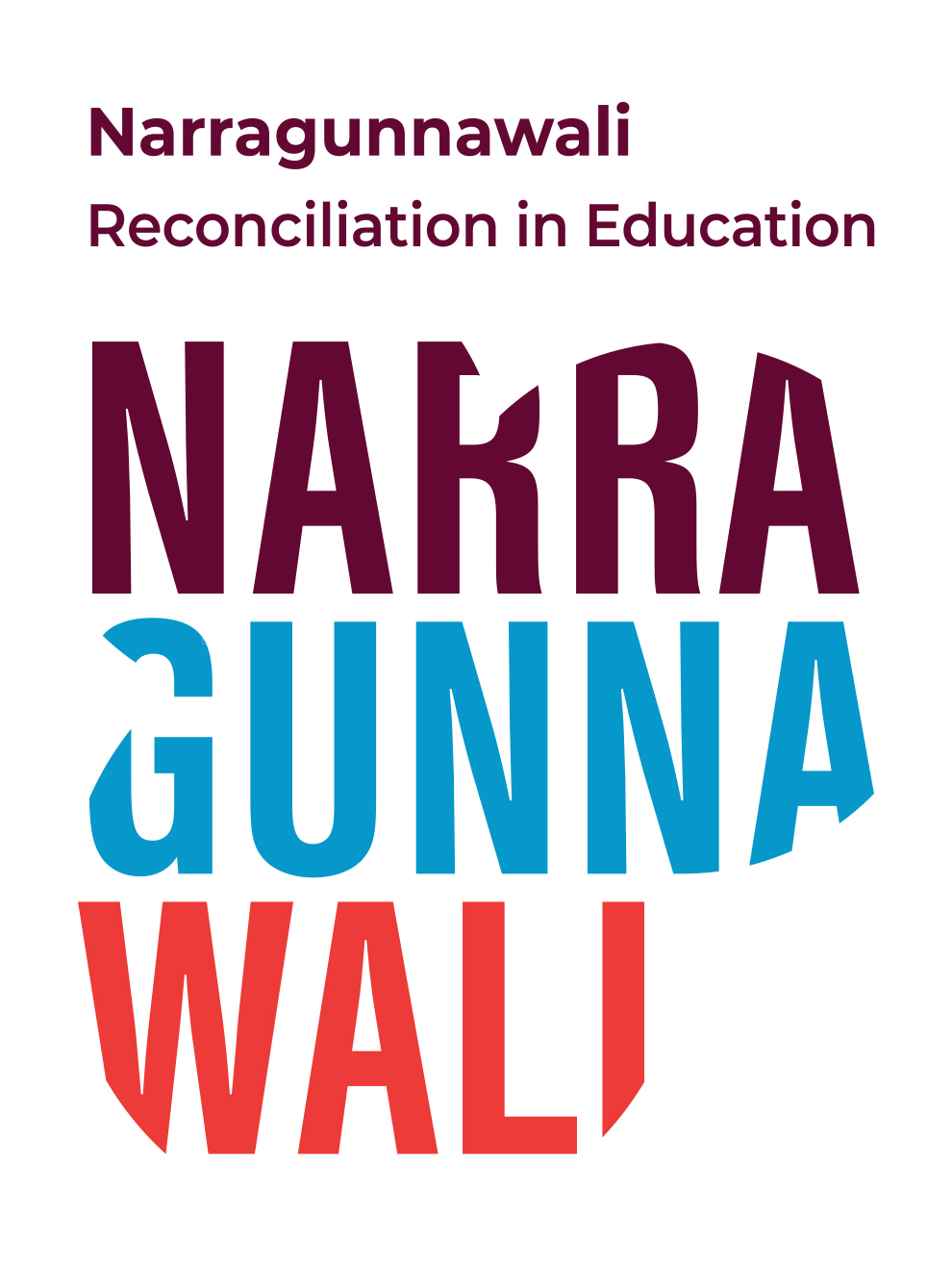 The information and resources in this guide help teachers and educators embed important ideas around reconciliation and Aboriginal and Torres Strait Islander histories, cultures and contributions in Mathematics subjects.
The information and resources in this guide help teachers and educators embed important ideas around reconciliation and Aboriginal and Torres Strait Islander histories, cultures and contributions in Mathematics subjects.
This guide is not prescriptive or exhaustive. You should consult your local Aboriginal and Torres Strait Islander community and always critically evaluate resources when using this guide.
Introduction to Aboriginal and Torres Strait Islander Mathematics
‘In Australia, mathematical systems have been developed over tens of thousands of years to create intricate kinship systems ensuring genetic vigor...Weight systems were based not on numbers, but on patterns of natural objects such as shells…Geometry was used in calculating time according to the angles and position of the sun, moon and stars at different times, governing predictions about seasons and weather…Although in many Australian Indigenous cultures numbers had no names beyond three, large-scale quantifying was still used in records and calculations through patterns and diagrams on rocks, trees, bark and message sticks…Many language groups in New South Wales developed base five number systems. Calculators for this were developed based on one-to-one correspondence, using materials such as honky nuts (like a disposable abacus system), and served to perform calculations of addition, subtraction, multiplication and division.’
– Dr Tyson Yunkaporta, Senior Lecturer.
Background and Timeline of key dates in the contemporary history of Aboriginal and Torres Strait Islander mathematics
-
Background to Aboriginal and Torres Strait Islander Mathematics
This guide focuses on Aboriginal and Torres Strait Islander perspectives and mathematics conventions since colonisation. However, mathematics has been an important part of Aboriginal and Torres Strait Islander cultures for thousands of years, and still is today.
This guide talks about the distinct subject or learning area of Mathematics. But traditional Aboriginal and Torres Strait Islander mathematics connects with other subject and learning areas, such as:
- Languages
- Science
- Technologies,
- Humanities
- Social Sciences
- Geography.
In Michael Cook’s Seeing Yolnu, Seeing Mathematics (1990), he says ‘removing words, concepts and structures from their Aboriginal context and putting them into a European box called mathematics’ loses much of the full significance of their meaning. It does not do ‘justice to the intricacy and complexity’ of the Aboriginal and Torres Strait Islander contexts and cultures they’re tied to.
Maths is often thought of as a simple ‘objective’ subject area. One that has little connection to people and their world views or experiences.
However, it is a:
- social construct – involving abstract, natural patterns and symbolic expressions of relationships
- cultural practice, and the symbols and language of mathematics itself are cultural products.
The paper Numeracy, mathematics and Indigenous learners: Not the same old thing (2011) talks more about this.
For Aboriginal and Torres Strait Islander peoples, maths is not always about quantities or numbers. Instead, it focuses on relationships of all kinds. It includes relationships between the range of elements of the known physical and socio-cultural environment.
The Aboriginal and Torres Strait Islander Mathematics Alliance (ATSIMA) has resources on links between traditional kinship and maths. For example, using rotation and symmetry in diagrams representing Central and Western Desert kinship systems express the connections between culture, relationships, and maths.
Also, culturally distinct geometric symbols in Aboriginal and Torres Strait Islander artworks sometimes use maths as storytelling. They show the natural landscape and the Dreaming stories tied to them.
It is important to appreciate traditional and continuing Aboriginal and Torres Strait Islander concepts and conventions relating to maths, and the social, cultural, linguistic, scientific and geographic spheres it intersects with. -
Timeline of Key Dates
These are some of the key dates in recent history for Aboriginal and Torres Strait Islander maths, including events that bring maths and reconciliation together.
60,000+ years ago:
- Aboriginal and Torres Strait Islander communities across Australia maintain maths conventions and concepts that date back tens of thousands of years.
1909:
- Based on mathematical and scientific understandings, David Unaipon designs and patents an enhanced hand piece for shearing sheep.
1967:
- The Australian Government holds the momentous 1967 Referendum on 27 May to count Aboriginal and Torres Strait Islander people in the Census. It seeks to also count their votes in state and federal elections. More than 90% of Australian voters choose ‘Yes’. This event is significant to maths and reconciliation. It’s not so much about counting (traditional enumeration systems), but about improving how Aboriginal and Torres Strait Islander people are counted.
2008:
- Reconciliation Australia carries out and releases its first biennial Australian Reconciliation Barometer survey. The Barometer uses maths to quantify data and provide statistics and analysis on the attitudes of non-Indigenous and Aboriginal and Torres Strait Islander Australians, and progress towards reconciliation.
2009:
- The Australian Association of Mathematics Teachers (AAMT) begins managing the Make it Count project. The project supports eight clusters of schools in regional and urban Australia to improve Aboriginal and Torres Strait Islander students’ maths outcomes.
2011:
- Reconciliation Australia releases its first annual Reconciliation Action Plan (RAP) Impact Measurement Report. The report uses mathematics to quantify data and provide statistics on the workplace Reconciliation Action Plan program results since beginning in 2006.
2012:
- The AAMT convenes the Numeracy, Mathematics and Indigenous Learners national conference. It brings together educators to showcase their learnings and teachings. The conference generates a blueprint for teaching mathematics for Aboriginal and Torres Strait Islander learners. This prompts a series of more events around the country.
2014:
- With the support of the BHP Billiton Foundation, the CSIRO launches its Indigenous STEM Education Project. The project aims to increase Aboriginal and Torres Strait Islander student participation and achievements in science, technology, engineering and mathematics.
- The Aboriginal and Torres Strait Islander Mathematics Alliance (ATSIMA) is established.
2015:
- The ATSIMA deadly task force meets for the first time on 10 April. It follows support to develop an alliance focused on improving opportunities for Aboriginal and Torres Strait Islander mathematics students that could connect mathematics-related industry and business to educators.
2016:
- The CSIRO launches the Indigenous STEM Awards, which includes a specific Student Maths Achievement Award.
2017:
- Dr Chris Matthews receives the inaugural Indigenous STEM Professional Award for innovative work engaging Aboriginal and Torres Strait Islander students in Science and Mathematics.
Aboriginal and Torres Strait Islander Mathematicians, Programs, and Other Events
-
Aboriginal and Torres Strait Islander Mathematicians
This list includes some past and present Aboriginal and Torres Strait Islander mathematicians and their interest areas.
Some have also played important roles in the Science, Technology, Engineering and Mathematics (STEM) field more widely.
- Adam Hooper (mathematical education)
- Dr Cass Hunter (mathematical modelling)
- Dr Chris Matthews (applied mathematics, mathematics education)
- Ivan Slater (accountancy)
- Professor Mark Rose (mathematics education)
- Professor Peter Radoll (mathematics education)
-
Aboriginal and Torres Strait Islander Mathematics Institutions and Programs
This list includes:
- Aboriginal and Torres Strait Islander maths institutions or programs
- institutions and programs that focus on Aboriginal and Torres Strait Islander peoples and perspectives within maths subjects.
Since mathematics and the wider STEM field are related, some of these institutions and programs also include science and technologies subject areas.
- ATSIMA (Aboriginal and Torres Strait Islander Mathematics Alliance)
- Make it Count with Indigenous Learners (AAMT)
- Indigenous STEM Education Project (CSIRO)
- Indigenous Accountants Australia
- YuMi Deadly Centre/YuMi Deadly Maths (Queensland University of Technology)
- Improving Numeracy for Indigenous Secondary School Students (INISSS) Project (Aboriginal Education Unit, Tasmania)
- What Works. The Works Program: Numeracy (Department of Education, Employment and Workplace Relations (DEEWR)
-
Aboriginal and Torres Strait Islander Mathematics Events and Celebrations
Aboriginal and Torres Strait Islander mathematics events and celebrations include:
- ATSIMA (Aboriginal and Torres Strait Islander Mathematics Alliance) Conference
- Aboriginal and Torres Strait Islander Student STEM Achievement Awards (CSIRO)
- Indigenous STEM Awards (CSIRO)
- Peter Doherty Awards for Excellence in STEM Education, which includes the Outstanding Aboriginal and Torres Strait Islander Senior STEM Student Awards (Queensland Government).
Some of these events or celebrations may also be relevant to the STEM field more widely.
Other Guides, Reference Materials and Reflective Questions
-
Other Online Guides and Reference Materials
- ATSIMA (Aboriginal and Torres Strait Islander Mathematics Alliance) (2017) teaching resources
- Australian Association of Mathematics Teachers (2011) Make It Count: Mathematics and Indigenous Learners
- DEEWR (2021) What Works. The Works Program
- Education Standards Authority (2008) Numeracy development: Mathematics in Indigenous contexts
- Excellence and Equity in Mathematics (XE) (2017) Resources
- Caty Morris for ATSIMA Aboriginal learners and maths: Mathematics Education
- NSW Board of Studies, Teaching and Educational Standards (2004) Quirindi Mathematics in Indigenous Contexts 2004 Focus Day
- Queensland Studies Authority (2013) Aboriginal and Torres Strait Islander histories and cultures resources: Mathematics
- Queensland Studies Authority (2011) Culture and mathematics
- Queensland University of Technology (2016) YuMi Deadly: YDM-CCP teacher resources
- Sarra, Grace (2011) Indigenous mathematics: Creating an equitable learning environment
- NSW Department of Education - Five ways maths is used in Aboriginal cultures
-
Reflective Questions for Mathematics staff and students
- How have Aboriginal and Torres Strait Islander histories and cultures influenced mathematics in Australia? What active role do these histories and cultures play today?
- Research an Aboriginal or Torres Strait Islander mathematician. What is the importance of his or her contributions to the subject area of mathematics on either a local, national or international scale?
- In what ways does mathematics represent a social construct and cultural practice, and not simply an ‘objective’ area of study or practice?
- What is the relationship between Aboriginal and Torres Strait Islander mathematics and wider STEM subject areas? Why are these relationships important?
- What is the relationship between Aboriginal and Torres Strait Islander mathematics and languages, cultures and geographies? Why is this relationship important to understand?
- As well as understanding how people count, it is also worth appreciating how people are counted. In this way, what is the significance of the 1967 Referendum and counting Aboriginal and Torres Strait Islander people in the Census?
- See the Australian Bureau of Statistics’ enumeration procedures for Aboriginal and Torres Strait Islander peoples. What improvements would you make to the ways Aboriginal and Torres Strait Islander peoples are counted in the Australian Census?
- How can your school or early learning centre celebrate Aboriginal and Torres Strait Islander mathematics and mathematicians?
- How can embedding Aboriginal and Torres Strait Islander histories and cultures into the study and practice of Mathematics help to foster reconciliation?

